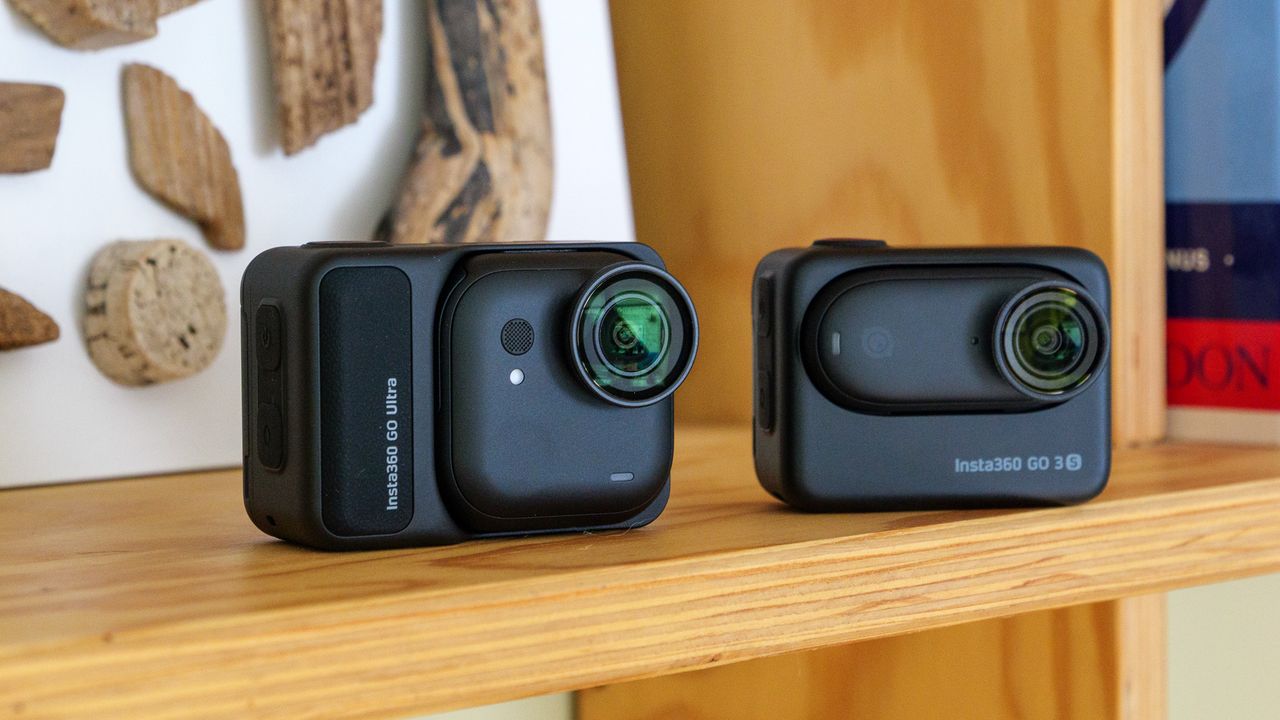
Insta360 has just announced the Go Ultra, its most advanced miniature action camera yet. With a new sensor and processing chip on board, the Go Ultra promises to outstrip all other tiny action cams on the market when it comes to image quality – including Insta360’s own Go 3S, released just last year.
Up until now, the Insta360 Go 3S has been our favorite miniature action camera – and possibly the most fun camera available. Its minuscule size and weight allow it to get into spots other cameras – even other action cameras – simply can’t go, and it was the first model in the Go series able to capture 4K video.
It’s a hard camera to beat, so how does the new Go Ultra top it? We’ve completed an in-depth Insta360 Go Ultra review and gone through the spec sheets with a fine-tooth comb to see where the differences lie – and determine why you might want to swap your Go 3S for a Go Ultra. Or not…
1. Video and photo quality
The major glow-up comes on the image quality front, with the Go Ultra toting a new 1/1.28-inch sensor – that’s an astonishing 221% larger than the Go 3S’s 1/2.3-inch sensor.
Paired up with a 5nm AI chip (also new), this allows the Go Ultra to offer 4K at up to 60fps (the Go 3S topped out at 30fps), as well as special modes like PureVideo for low-light shooting and Active HDR (both of which require the frame rate to be dropped to 30fps or below). The Ultra also supports more efficient H.265 video encoding, while the 3S only supports H.264.
There’s good news for photographers, too: the Go Ultra can shoot higher resolution still photos at a maximum resolution of 8,192 x 6,144 pixels, as opposed to the Go 3S’s 4,000 x 2,250 pixels.
2. Audio quality
The Go Ultra also ups the specs on the sound recording front, with its built-in mics supporting 48kHz / 32-bit AAC audio. The Go 3S’s maximum audio quality is 48kHz / 24-bit AAC.
It’s also worth noting that the Go Ultra will support a direct connection to the new Insta360 Mic Air wireless microphone. The Go 3S does not support it currently, although we suppose compatibility could be added via a future update.
3. Size and weight
There’s one key area where the new camera doesn’t beat the Go 3S. Due to its larger sensor requiring more space, the Go Ultra standalone camera unit weighs 1.87oz / 53g and measures 1.8 x 1.8 x 0.7in / 46 x 45.7 x 18.3mm. The Go 3S is lighter and smaller: 1.38oz / 39g and 1.0 x 2.1 x 1.0in / 25.6 x 54.4 x 24.8mm.
For a camera where the tiny size and weight are a major selling point, the slight increase in bulk might well put some people off. I’m not saying the Go Ultra is big or heavy (it’s very small for a 4K 60fps camera), just that it’s not as brilliantly tiny as its predecessor.
4. Battery life
On paper, the Go Ultra wins this round. Its standalone camera features a 500mAh battery offering up to 70 minutes of recording runtime, while its Action Pod battery has 1,450mAh capacity offering a total of 200 minutes runtime.
That’s a lot better than the respective 310mAh / 38-minute recording runtime and 1,270mAh / 140-minute runtime of the Go 3S and its Action Pod.
5. Storage
There’s a clear difference in the two cameras’ approaches to storage. The Go 3S is only available with built-in storage, and buyers get a choice between 64GB and 128GB versions. The Go Ultra’s slightly larger design, however, means it has room for a microSD card slot so, while there’s no built-in space, it can be equipped with as much as 2TB of storage.
That could come in highly useful if, for example, you were travelling, as it could mean you wouldn’t need to delete or offload footage as regularly.
6. Price
It’s new and it’s shiny, so of course the Insta360 Go Ultra costs more than the Insta360 Go 3S. The Go Ultra Standard Bundle (which features the camera, the Action Pod, a magnet pendant, a quick-release safety cord and a magnetic clip) costs $449.99 / £389 / AU$759, and its Creator Bundle (all of the above plus a mini tripod, quick-release mount and a pivot stand) costs $499.99 / £429 / AU$839.
The Insta360 Go 3S has been recently reduced, with its Standard Bundle (which features a 64GB Go 3S camera and Action Pod, lens guard, magnet pendant, pivot stand and easy clip) now costing $319.99 / £279.99 / AU$719. That’s a great price for a 4K action camera that’s only just over a year old.
So there you have it – the key differences between the new Insta360 Go Ultra and its predecessor the Go 3S. What do you think? Does the Go Ultra’s larger size detract from its appeal, or are those extra video capabilities enough to convince you to switch? Let us know in the comments section below – and don’t forget to read our full, in-depth Insta360 Go Ultra review first.


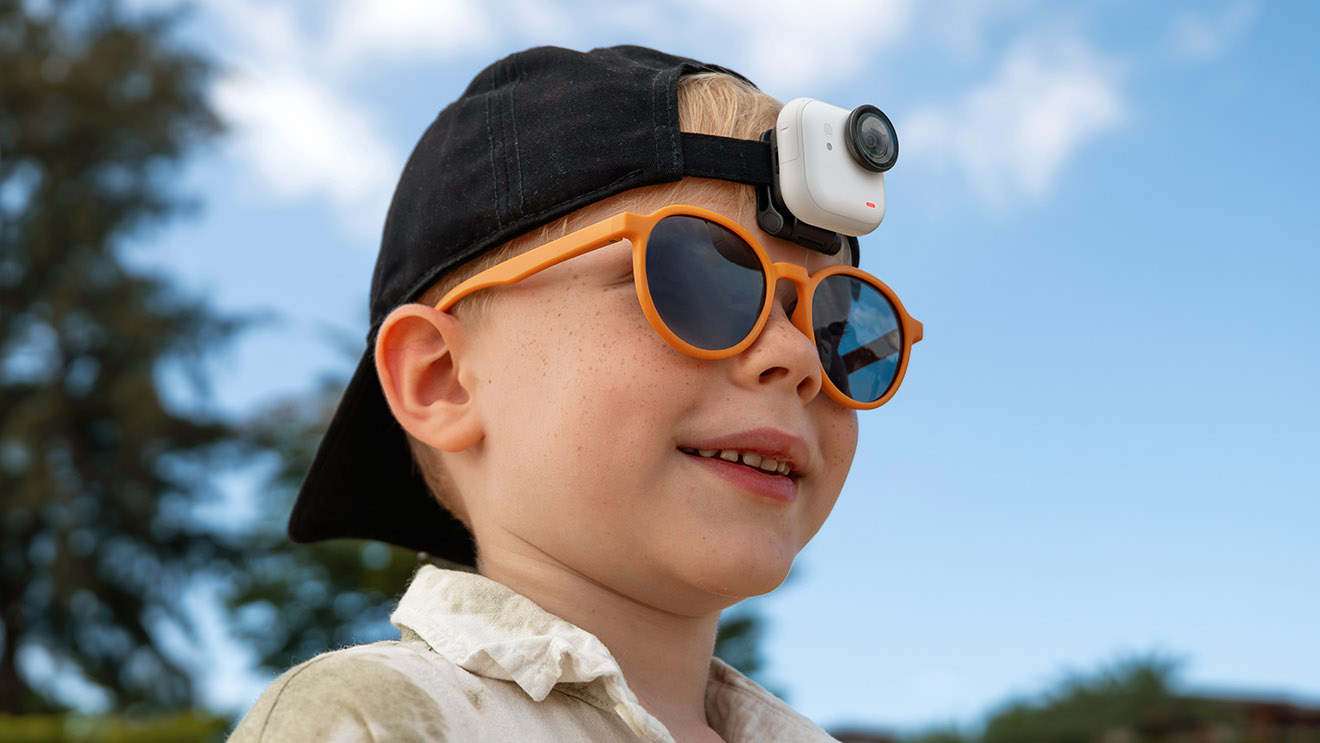

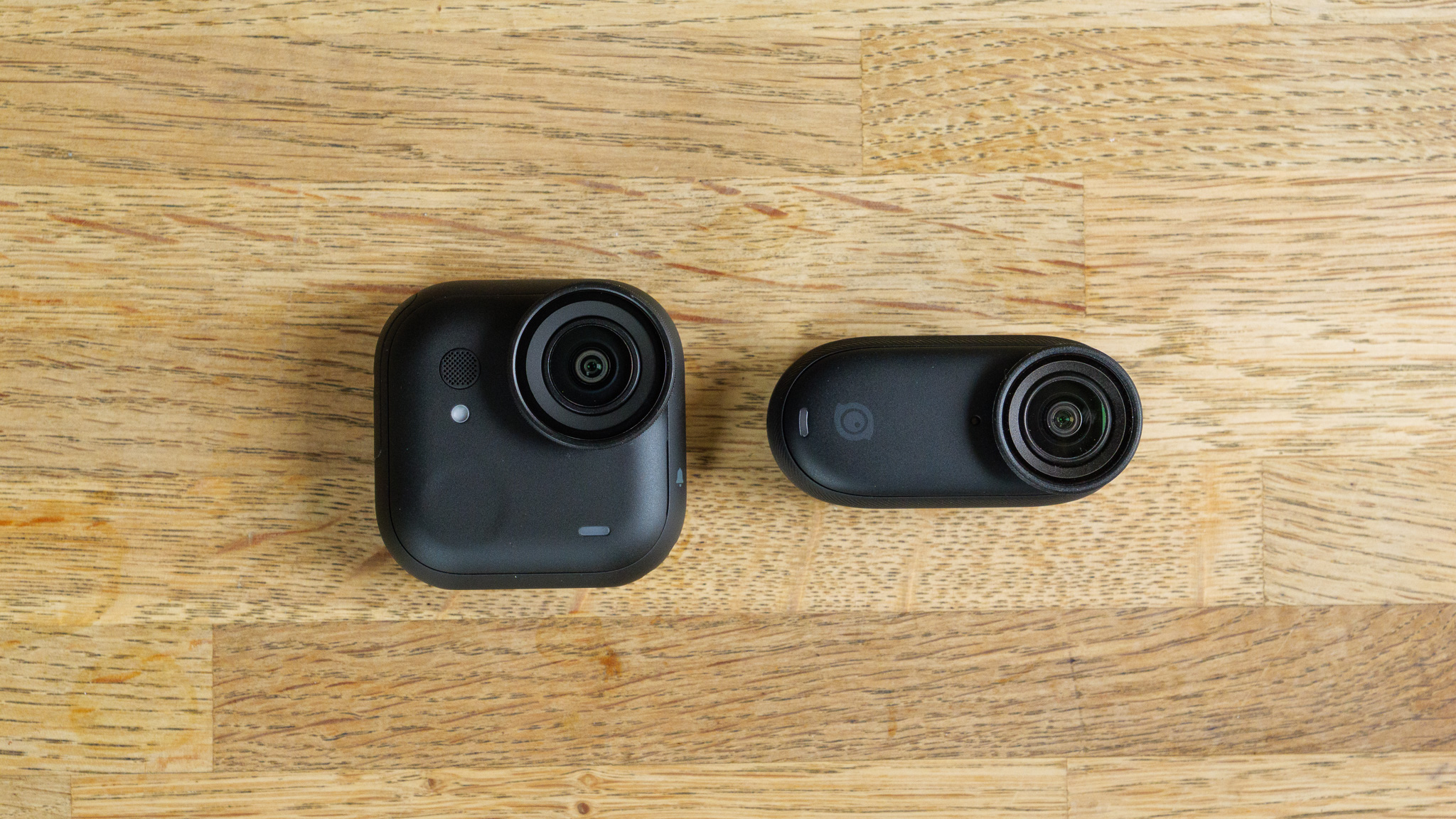
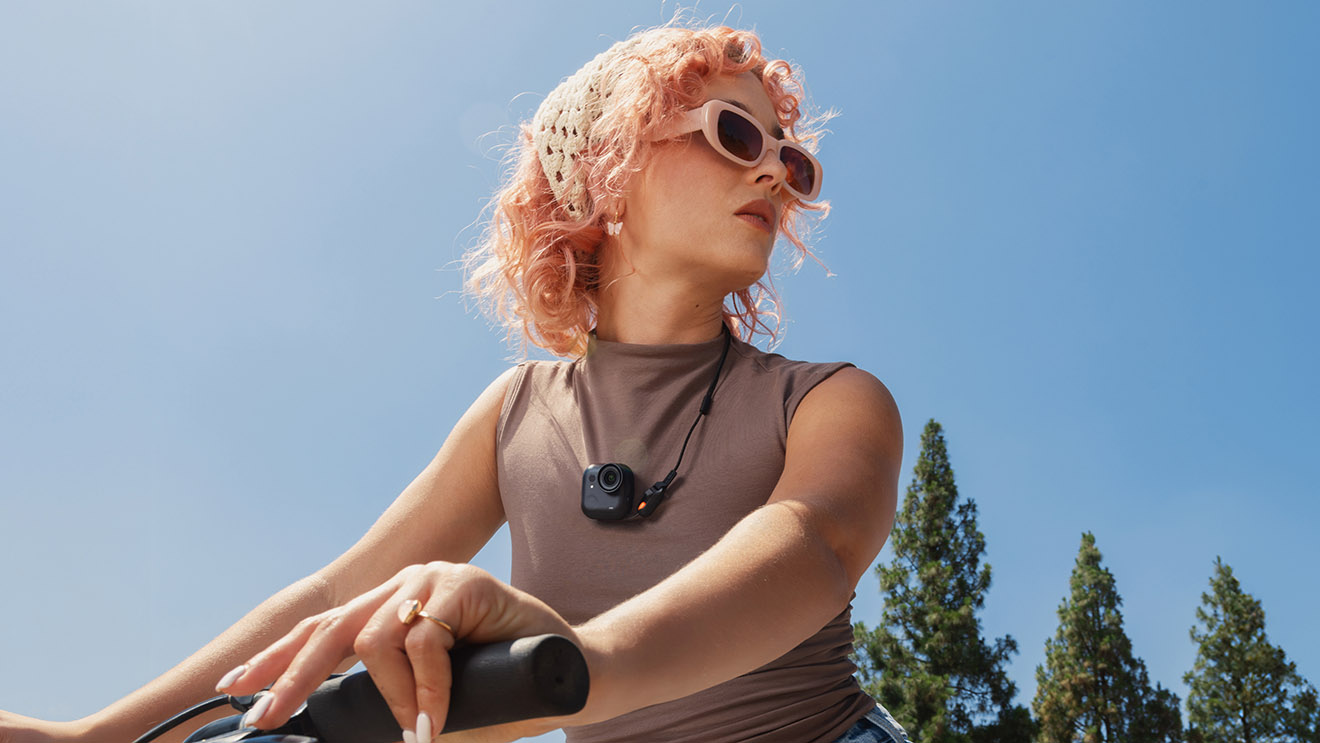
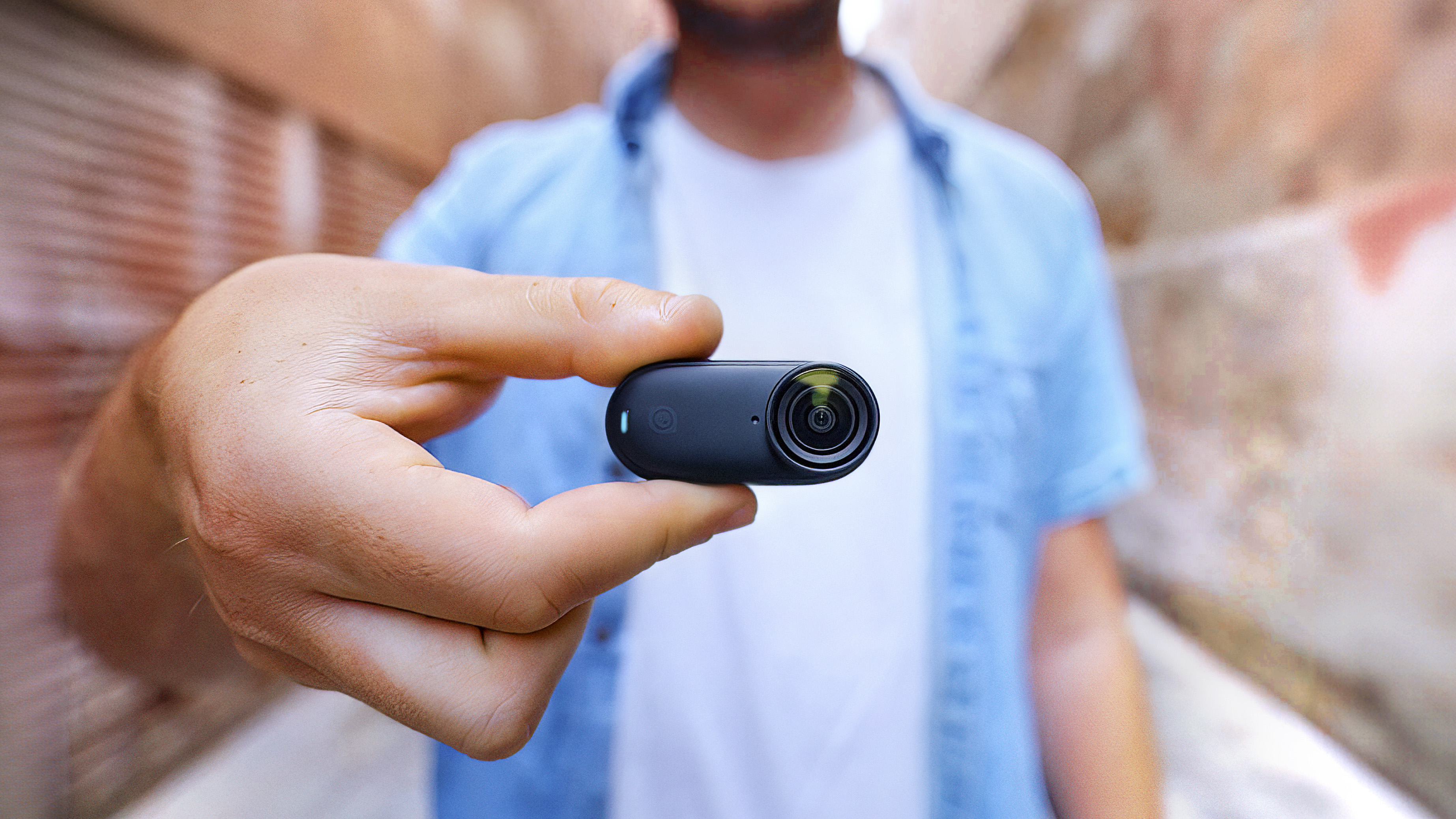
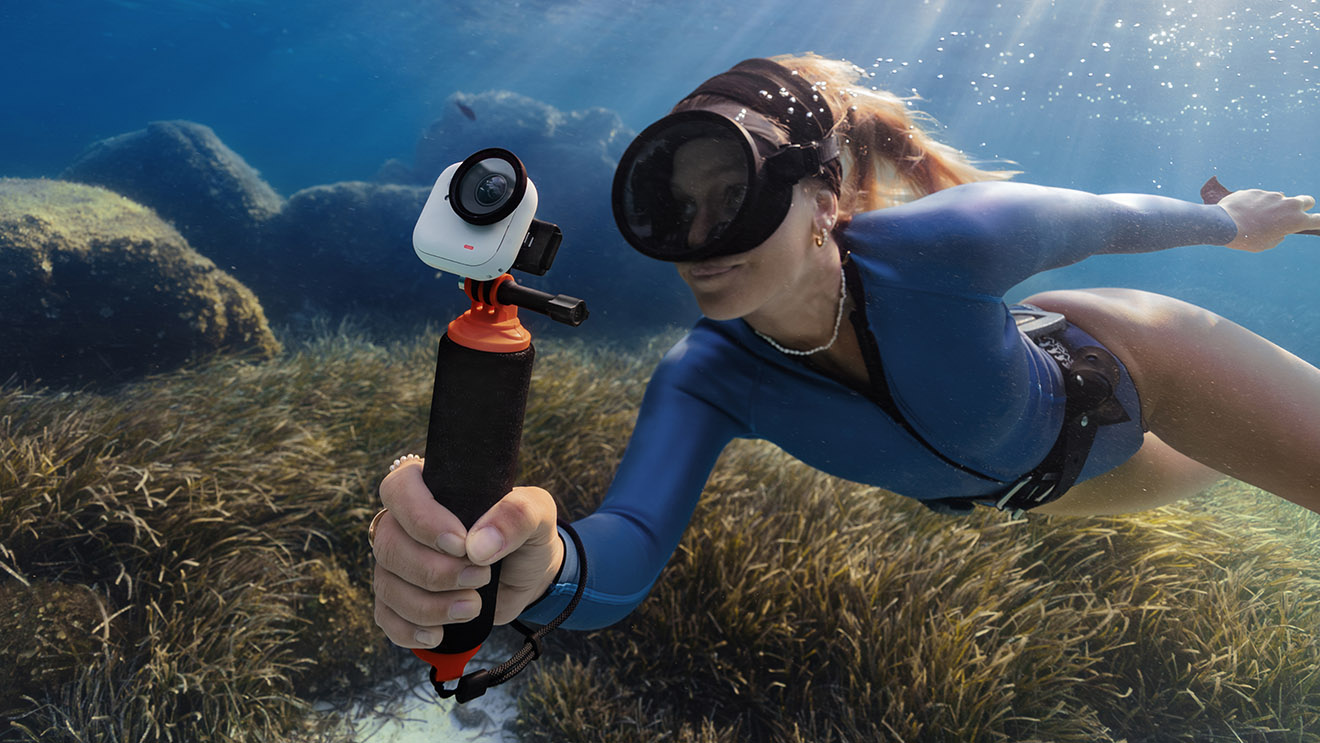
Leave A Comment